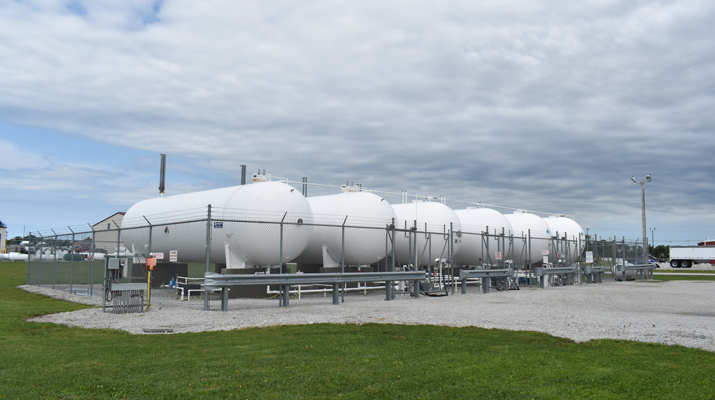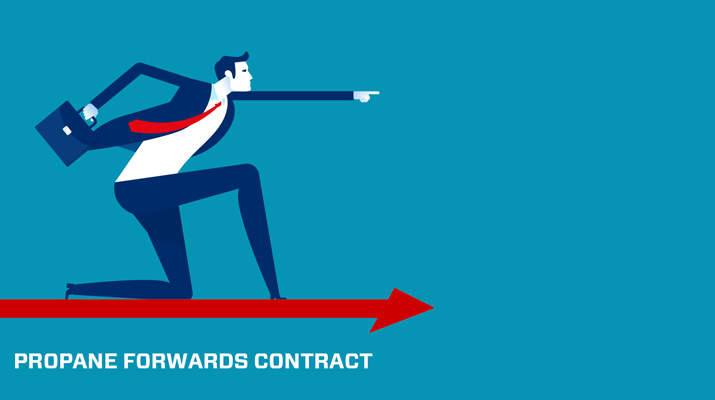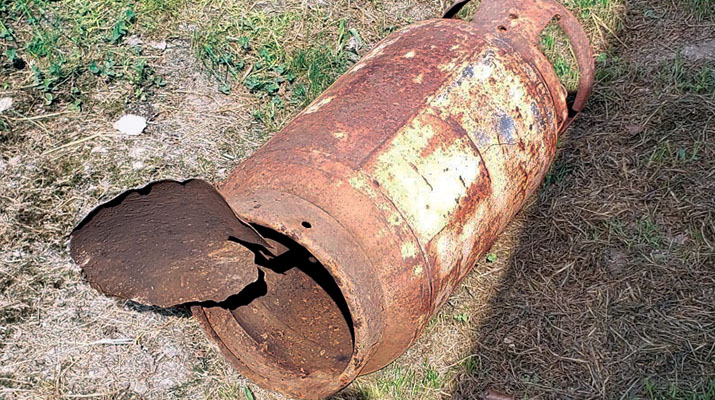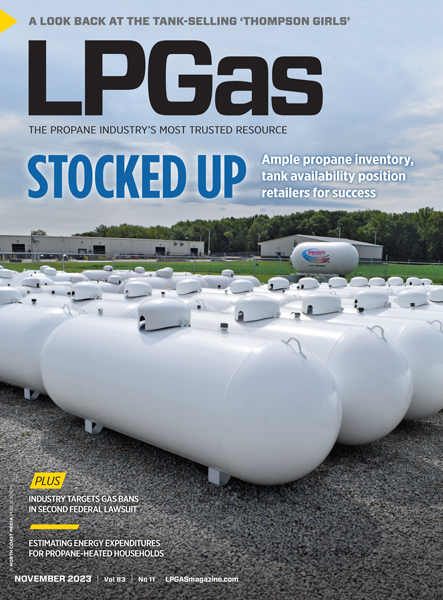|
|
|
THIS WEEK'S TOPIC: BUYING STRATEGIES |
|
|
|
Solving the mystery of propane forwards |
|
We know that propane forwards, or swaps, remain a bit of a mystery to some of our readers. We use the terms “forwards” and “swaps” interchangeably. We prefer forwards because propane is really operating in the forward market, but the common nomenclature is a swap. In this Trader’s Corner, we are going to show how propane forwards and propane bought from your supplier and stored function the same way. We hope that the example we use will help solve the mystery. |
|
Imagine that a propane retailer has spared no expense and has bought and installed six 30,000-gallon storage tanks at their location. They have named them differently, starting with October and ending with March. Now, let’s imagine it is the beginning of the summer, and they begin to fill the tanks by buying transport loads of propane at their nearest pipeline supply point. The belief is if they fill the tanks over the summer it will either protect their customers from higher prices in the winter or provide them with the opportunity to make a higher sales margin. |
|
In April, they send transport trucks to the pipeline terminal and buy three loads of propane from their favorite supplier, filling the October tank with 30,000 gallons. They are invoiced by the supplier and the transport company. The bills are paid, and a known cost of supply is established for the propane sitting in the October tank. To be fair, the propane tank farm didn’t come free. There was a lot of cost associated with it. The retailer should add an appropriate amount to cover the storage cost and operation. |
|
Consider what is in the cost of that propane. Let’s say the retailer has a contract to buy from the wholesale supplier at whatever the average price of propane is on the day of lifting at Mont Belvieu plus 10 cents. In that 10-cent differential between Mont Belvieu and the pipeline terminal is the pipeline company’s tariff for shipping propane through its system from Mont Belvieu to the terminal. The supplier will have covered other expenses and their wholesale margin. Let’s also say the cost of trucking the propane from the pipeline terminal to the retailer’s October tank is 5 cents. The total difference between Mont Belvieu and the retailer’s tank is 15 cents. To that the storage cost is added. |
|
|
Through the summer, the retailer repeats the process of filling each tank and establishing a known cost of supply. In this case, the price in each of the six tanks will be slightly different, assuming prices at Mont Belvieu fluctuate over the summer. Keep reading... |
|
|
|
|
RELATED
|
|
|
|
|
|
|
PREVIOUS TOPICS
|
|
|
|
|
|
|
|
|
|
Cost Management Solutions LLC (CMS) is a firm dedicated to the unbiased analysis of the energy markets for the propane industry. Mark Rachal, Director of Research and Publications at CMS, regularly provides insightful looks into various facets of the marketplace. |
|
|
|
|
FROM THE MAGAZINE
|
|
|
|
|
|
|
|
You are currently subscribed to LP Gas as @{Email Name}@ |
























